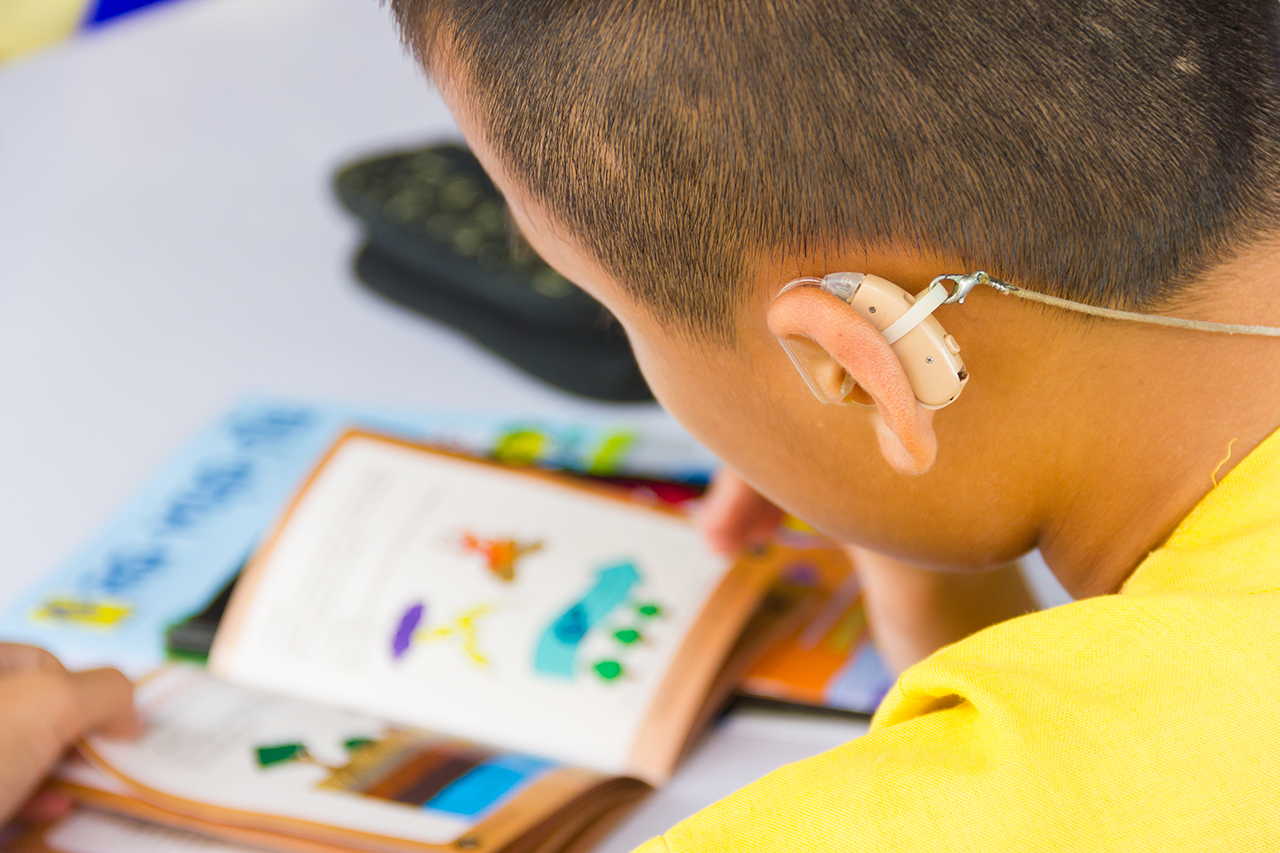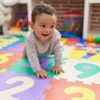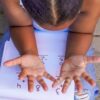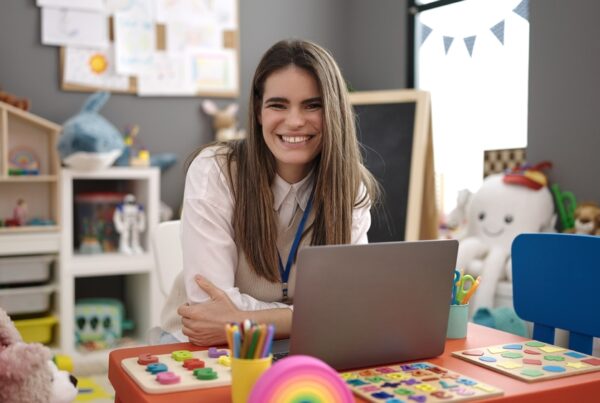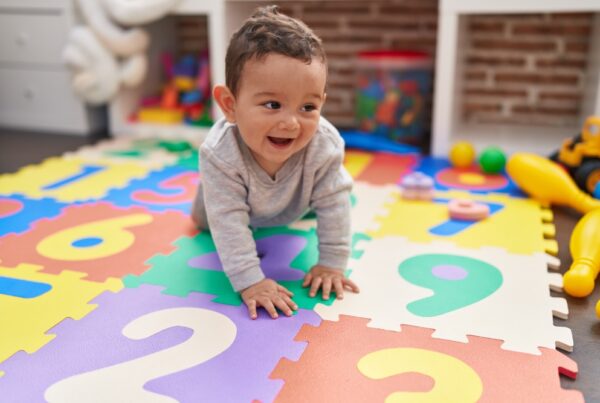The 3rd of March is World Hearing Day, and the theme for 2023 is “Ear and hearing care for all! Let’s make it a reality”.
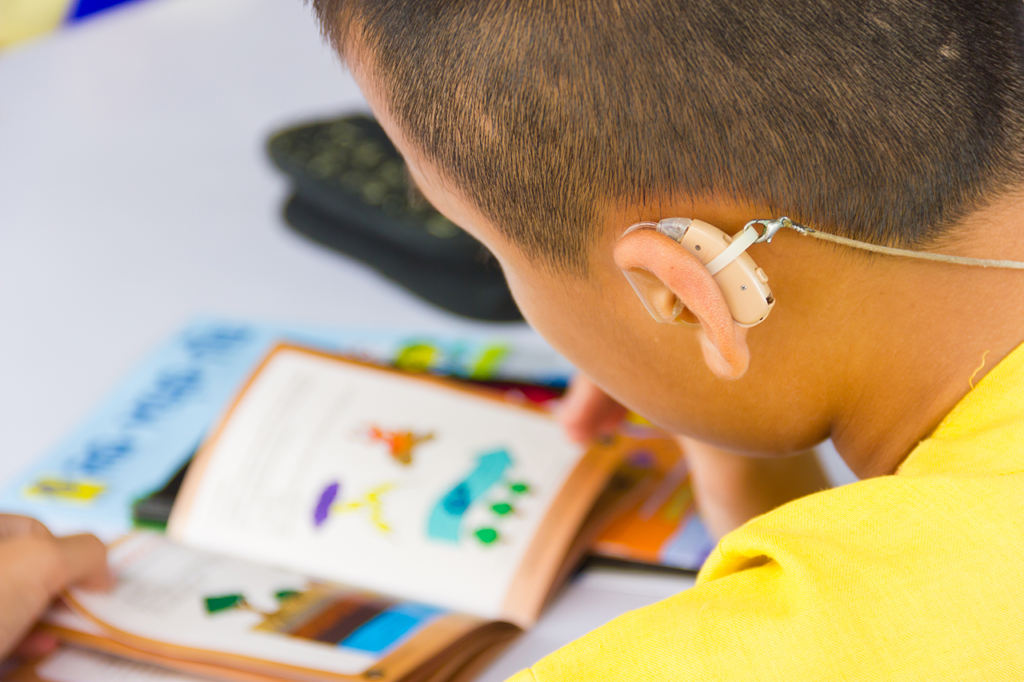
While most of us are not technically trained to physically assist with providing hearing care, we can raise awareness of the 250–400 children born each year that have significant permanent hearing loss in both ears and highlight the importance of integrating ear and hearing care within primary care as an essential component of universal health coverage.
Ear and hearing problems are among the most common problems encountered in the community, but over 60 per cent of these can be identified and addressed at the primary level of care.
What are the types and causes of hearing loss?
Having a hearing loss (impairment) means that a child has lost some hearing in one or both ears. There are many types and degrees of hearing loss, and they are described according to how much hearing has been lost and which part of the ear is affected. Loss is also described as mild, moderate, moderate to severe, severe or profound.
Loss is also explained as mild, moderate, moderate to severe, severe or profound. There are 2 main types of hearing impairment: ‘conductive’ and ‘sensorineural’. Having both types is called a ‘mixed loss’.
Conductive hearing loss occurs when something interferes with sound waves travelling through the outer and middle parts of the ear to the inner ear. It can be caused by a wax blockage, middle ear infection (otitis media), a fluid build-up in the middle ear, or damage to the tiny bones in the middle ear. Conductive hearing loss may be either temporary or permanent.
Sensorineural hearing loss is caused by a problem in the innermost part of the ear or in the nerve that carries hearing, the ‘auditory nerve’. It can be caused by abnormal inner ear development, a physical injury to the inner ear, damage to the ear from diseases such as meningitis and rubella or a tumour.
Sensorineural hearing losses are usually permanent. Sometimes the problem with the inner ear also causes problems with balance. Children with both hearing and balance problems may have delayed development of their motor skills.

What are the signs of hearing loss?
Hearing loss in infancy can be difficult to recognise. In almost two thirds of cases, parents are the first to suspect hearing loss, with other health care providers suspecting it first in approximately 15 per cent of cases, and paediatricians in roughly 10 per cent.
Things to look out for, as they can be signs of possible hearing loss are:
- Loud noises do not startle the child by four months of age, or the child does not turn towards the source of a sound
- The child notices you only when they see you
- The child does not make sounds other than gargles and other vibrating noises that they can feel
- Speech development is delayed
- The child seems to not hear when called or does not respond to their name or say simple words by 14 months
- The child can’t follow simple instructions by 24 months
- The child hears some sounds but not others
- The child has trouble holding their head steady or is slow to sit up by themselves or walk.
Diagnosis of hearing loss
In Australia, babies have their hearing tested in the first few weeks of life. Most newborns are tested before they leave hospital to help identify those who might require further hearing and middle ear function testing.
Babies with possible hearing loss are referred to a hearing specialist (audiologist), who will do more specialised testing to diagnose the type and extent of hearing loss. Understanding the cause helps determine the best treatment.
Children with hearing loss need regular hearing, ear and eye examinations. Younger children need to be tested very regularly because their ear canals are growing and changing shape.
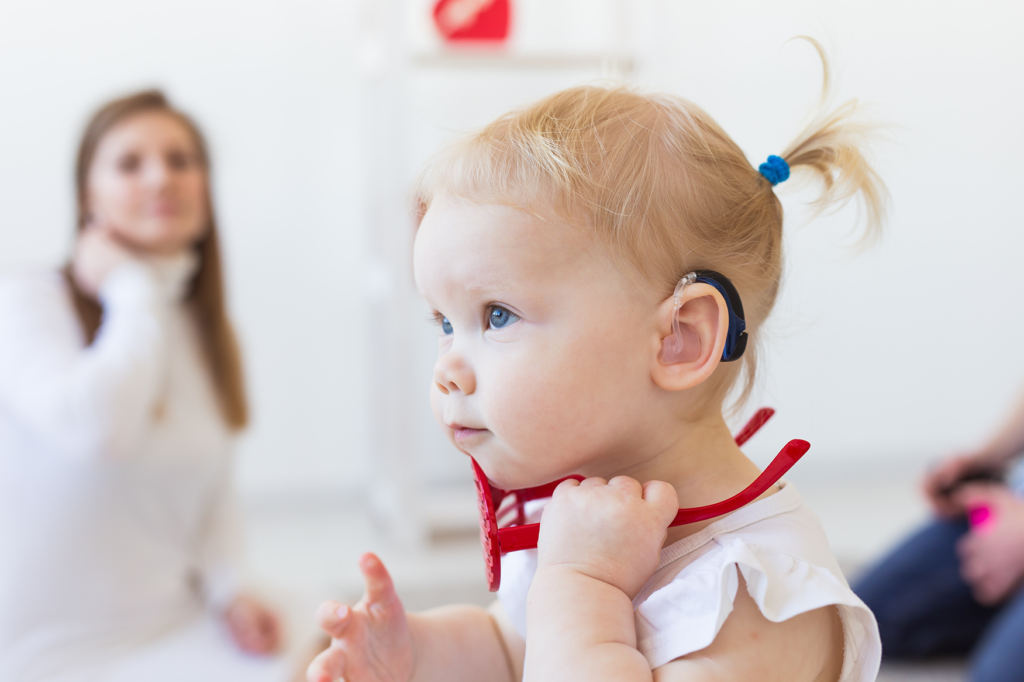
How is hearing loss treated?
Treatment of hearing loss depends on its cause and severity but can include:
- Medication, such as antibiotics for ear infections
- Repeated ear infections may sometimes be treated with grommets
- Removal of a foreign object or wax
- Surgery, such as inserting tubes to help fluid drain out of the ears
- Hearing aids, or other technology to amplify sounds or assist hearing
- A cochlear implant for severe or profound hearing loss
- Speech therapy
- Assistance from a specialist teacher of the deaf to help make the most of any residual hearing.
The earlier that hearing loss is identified and treated, the better for a child’s language, learning and overall development.
The most important thing for your child’s development is being able to communicate. A range of options are available, including spoken language, sign language or a combination of sign and spoken language to talk.
Research has shown that early diagnosis and early intervention do make a difference. Babies who are diagnosed early and start wearing hearing aids and attending early intervention services by six months of age have better language and learning outcomes than those who begin late.
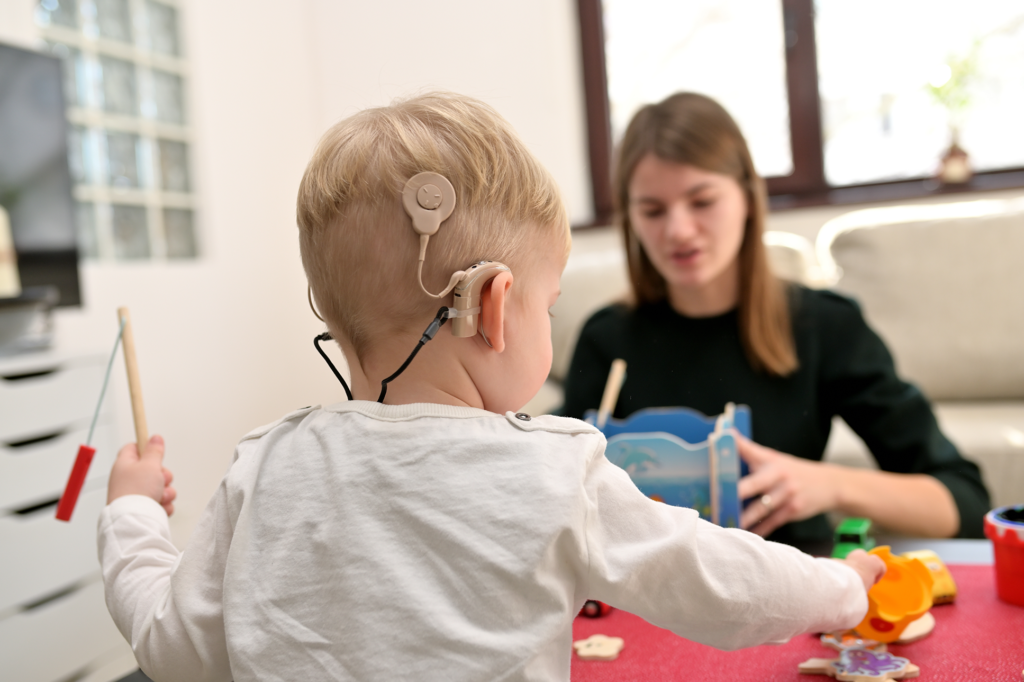
If you are a parent and you suspect your child has hearing loss, trust your instincts and speak with your child’s doctor.
The integration of ear and hearing care into primary care services is possible through training and capacity building at this level. Such integration will benefit people and help countries move towards the goal of universal health coverage.
